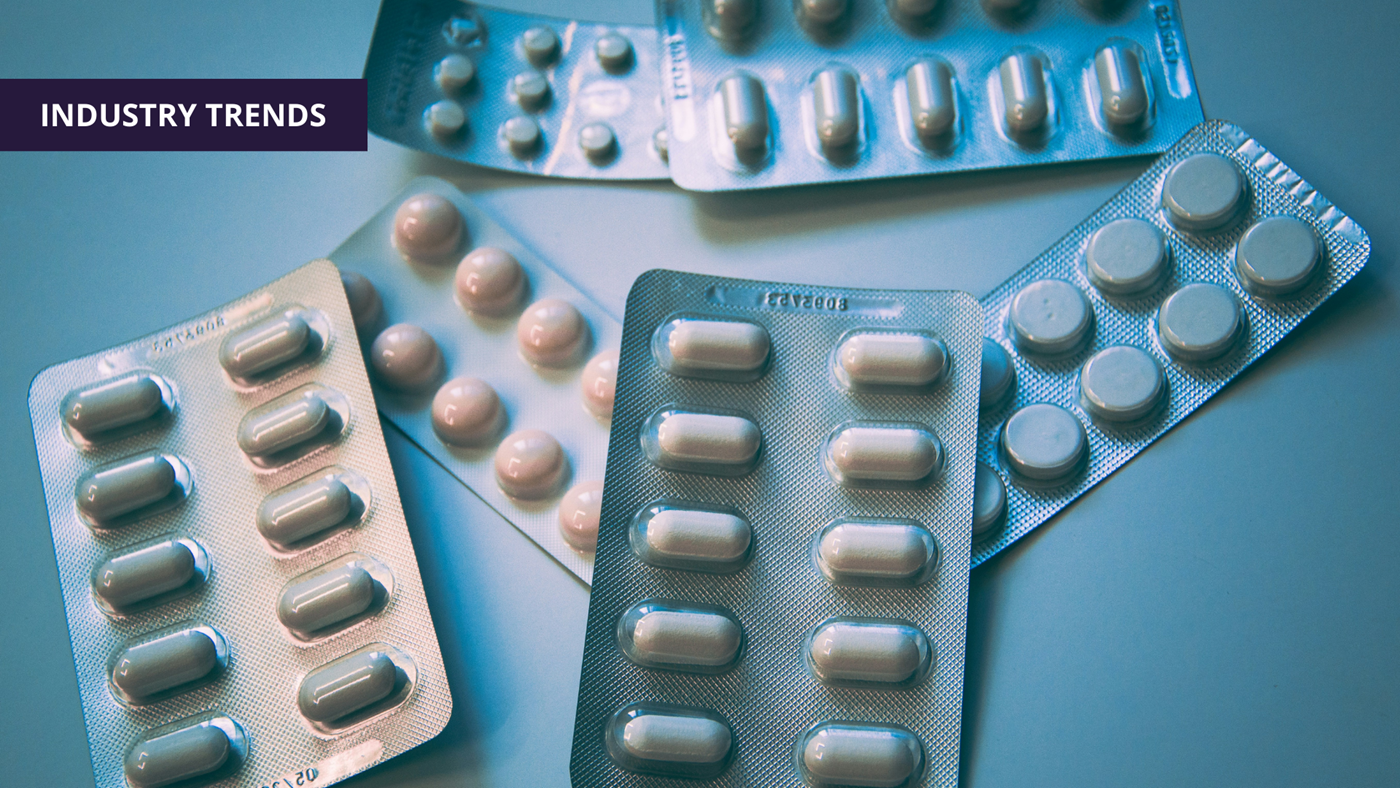Hospitals Brace For Uncertainty In Drug Manufacturing

Understanding the Rising Financial Pressures on Hospital Drug Pricing
The financial pressures of today’s hospitals continue to grow as expenses surge and remain elevated. Between the costs of retaining a skilled workforce and the expense of caring for the chronic ailments of an aging patient population, hospitals are finding themselves hamstrung in their efforts to keep pace and remain within razor thin budgets. And concerns over escalating drug prices aren’t helping.
Hospital drug prices are rising amidst a flurry of executive actions, tariffs, and supply chain disruptions.
Drug pricing is grabbing lots of headlines these days as hospitals attempt to navigate fluctuating drug prices and a highly volatile supply chain. The threat of tariffs adds yet another layer of complexity and uncertainty. And those tariffs are already beginning to impact supply chains as well as pricing, especially as it relates to pharmaceutical ingredients (APIs), many of which come from China.
The current administration has weighed in with directives, aimed at lowering drug prices. The most recent is an executive order to drug manufacturers to deliver what the President refers to as “Most Favored Nation Prescription Drug Pricing”, lowering the pricing on several key drugs. Details, however, remain unclear and many predict it will face legal challenges in the courts.
Opinions and predictions vary greatly, emanating from all corners of the legal, government, and healthcare sectors. Depending on what you are hearing and when, shifting your path forward can become an increasingly taxing calculation. While that makes it tempting to wait until the dust settles, staying attuned to where we are headed is essential for hospitals to prepare properly for what may (or may not be) in store.
With the understanding that this is a truly fluid pricing environment, here's what’s happening now that stands to impact drug prices for hospitals in the months ahead:
- Inflation: While inflation is showing some welcome signs of abating, global market experts warn that we are not yet at a turning point. Much has to do with the ups and downs of tariffs and how they might trigger higher inflation which, in turn, will raise drug prices.
- Supply chains: Experts warn that supply chains are easily disrupted and express concern that the supply chains for generic drugs and injectables are especially vulnerable. If hospital supply chains become impacted, hospitals may encounter severe supply shortages and will need to seek alternative suppliers who will undoubtedly raise prices on those goods.
- Drug manufacturers: Earlier this year, manufacturers raised prices by a median of 4% on over 800 medications, less than last year’s 4.5% increase. Manufacturers hope that the more modest rise might help avoid criticism of price gouging. Still the President is out to cut drug prices to match those charged to other countries, which he hopes will lead to price cuts on some drugs of up to 80%. Details and a timeline have yet to be announced.
- Medicare and Medicaid: CMS (Centers for Medicare and Medicaid Services), in its second cycle of drug price negotiation, announced agreements signed with the manufacturers of fifteen drugs currently covered under Plan D. While Medicare’s ability to negotiate through the IRA (Inflation Reduction Act) appears to be safe for the time being, a recent executive order calls for reforming the Medicare drug price negotiation program to provide greater transparency. It isn’t yet clear how that might impact the current program.
- Tariffs: To date, the financial impact to hospitals of increased tariffs has yet to be felt, although healthcare leaders are bracing for it. A recent survey cited by the AHA (American Hospital Association) reports that 82% of healthcare experts expect tariffs to increase prices by at least 15% over the next nine months. While recent negotiations between the U.S. and China have resulted in a 90-day pause on tariffs, if no negotiation is achieved, it will revert back to tariffs of 30% or higher.
- 340B program: The recent “Lowering Drug Prices by Once Again Putting Americans First” executive order may impact 340B reimbursements by creating increased scrutiny executed by HHS (Health and Human Services). This may result in eliminating discounts for hospitals that purchase drugs through a group purchasing organization. Many smaller and rural hospitals rely upon the program to purchase drugs at deeply discounted rates to provide a lower cost of care to patients.
What does all this mean for hospital drug prices?
As of now, it means to expect the unexpected. There are more unknowns than certainties these days. While the administration’s efforts to control rising drug prices are welcomed, tariffs will almost certainly raise drug prices. This, coupled with the lack of details on many of the executive orders, is bringing fresh concerns relating to how programs such as 340B and Medicare drug pricing negotiations will be impacted.
How are hospitals preparing for pricing increases?
While there are areas in which hospitals have little choice but to adopt a “wait and see” strategy, many are taking steps to help mitigate the impact of drug price uncertainty. Here are a few:
- Increasing medications inventory: As major pharmaceutical companies work to increase inventories, so are those hospitals with pharmacies equipped to handle increased capacity. This may be more feasible for hospitals with larger centralized pharmacies and automated systems to ensure safe and accurate medications management.
- Reducing pharmaceutical waste: Medication waste is a chronic issue for hospitals. Becker’s Hospital Review reported medications waste between 2022 and 2024 to be over $38 million. Finding ways to streamline medication management from procurement to inventory control to dispensation may help lower that number. Many are achieving better control with hospital automated pharmacy platforms that enable full chain of custody tracking.
- Identifying alternative suppliers: Hospitals are beginning to search for sourcing alternatives, seeking potential alliances with new vendors. However, there is concern that these new alliances may be more expensive.
Collaboration, agility, efficiency, and innovation are needed now more than ever.
Hospital leaders are faced with navigating a geopolitical landscape with shifting tariffs and news that changes nearly every day. They know that their strategic direction and decisions will likely change as they face an uncertain road ahead. Yet, through it all, they must continue to meet existing financial and operational challenges.
Key to all hospitals and healthcare systems is to keep track of the ongoing twists and turns relating to drug pricing and continually re-visit and evaluate their hospital supply chains and contracts. They must find ways to conserve what they have and identify areas where they can tighten up and achieve greater savings to help buffer the impact of higher hospital drug pricing.
Hospital leaders need to make collaboration, agility, efficiency and innovation a priority. All will be needed to survive and thrive in the months to come. Those who take the time to prepare will be better equipped to deal with these challenges and better positioned for future growth while maintaining a high standard of ongoing care to their patients.








